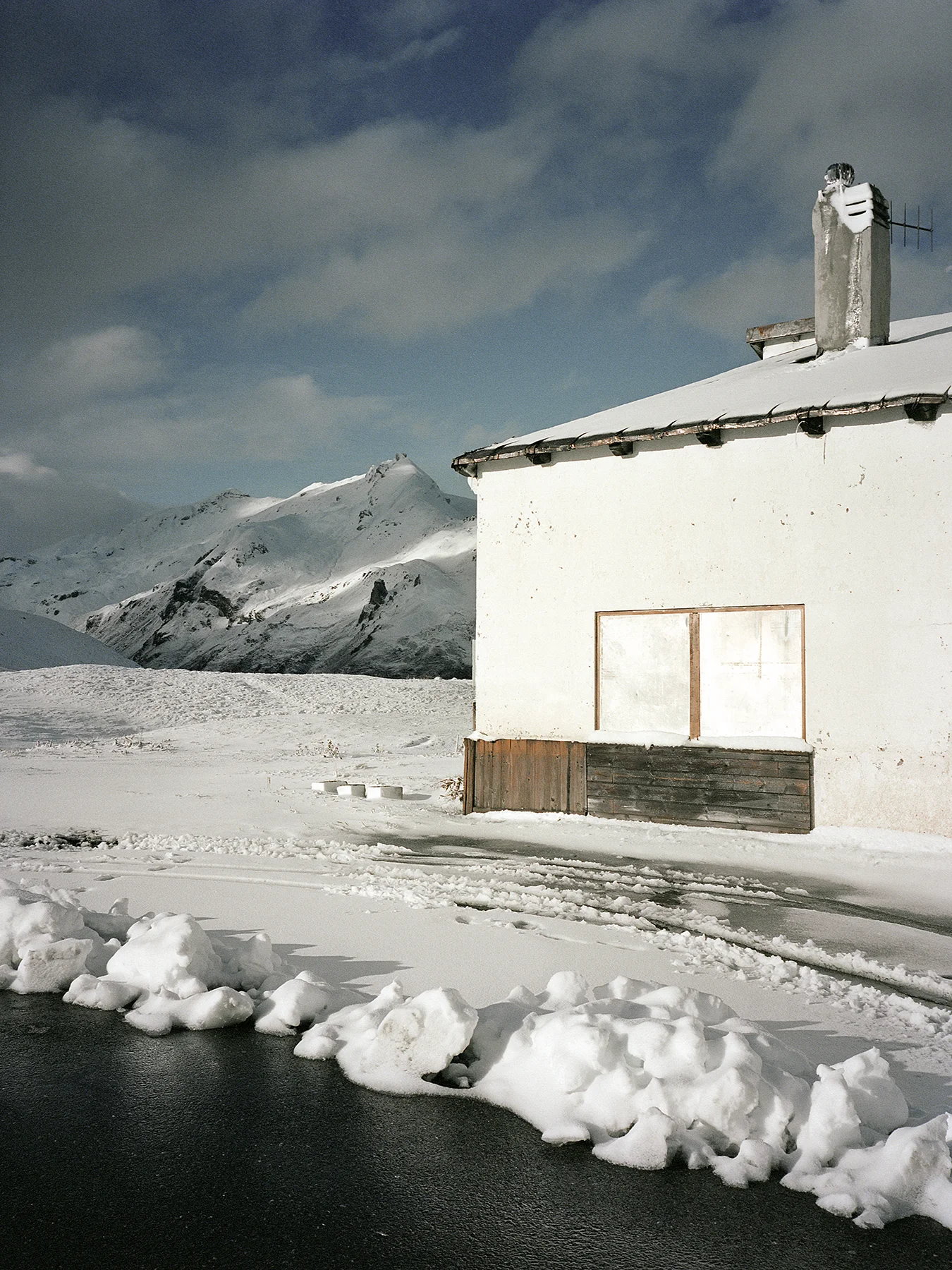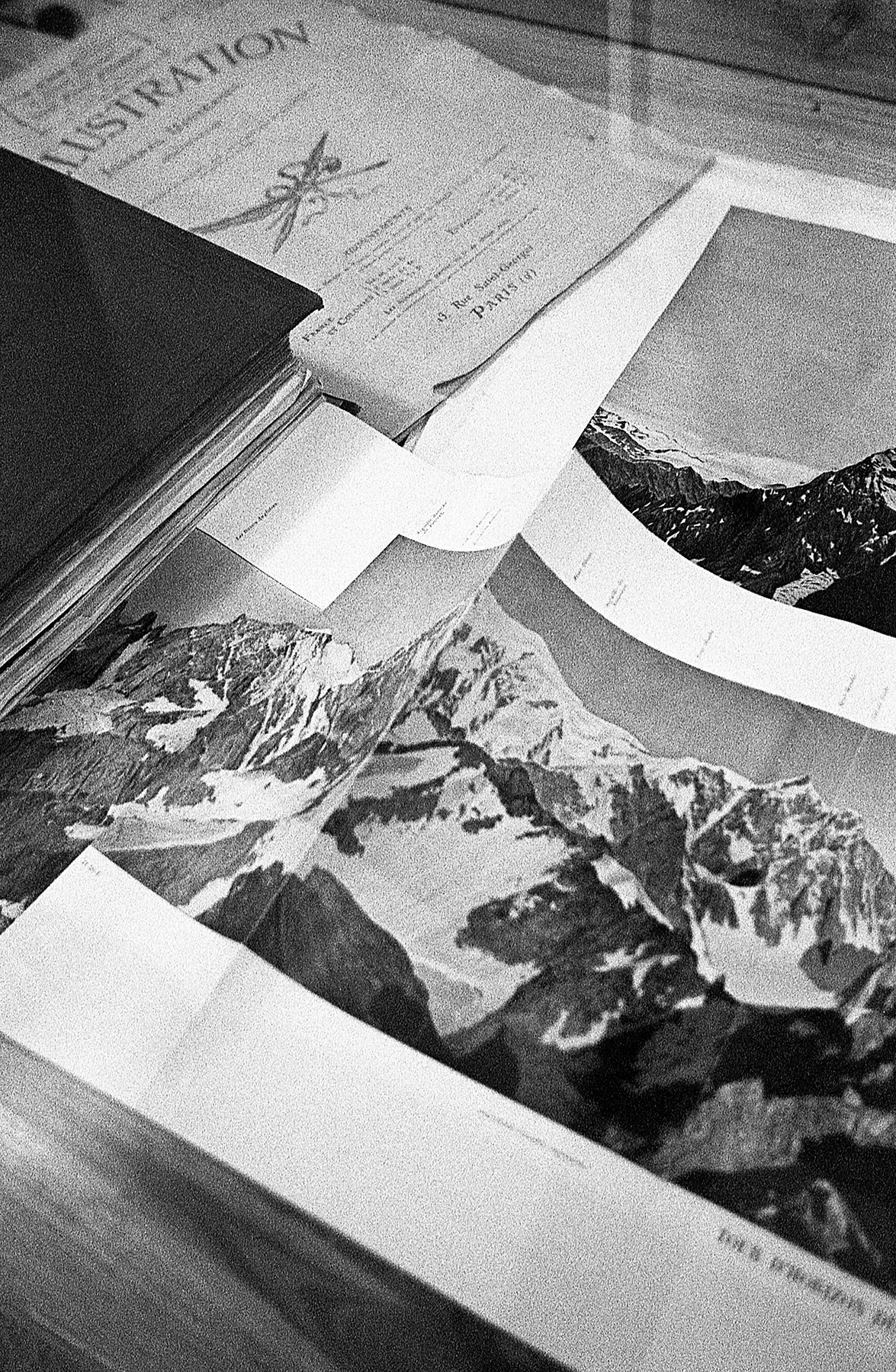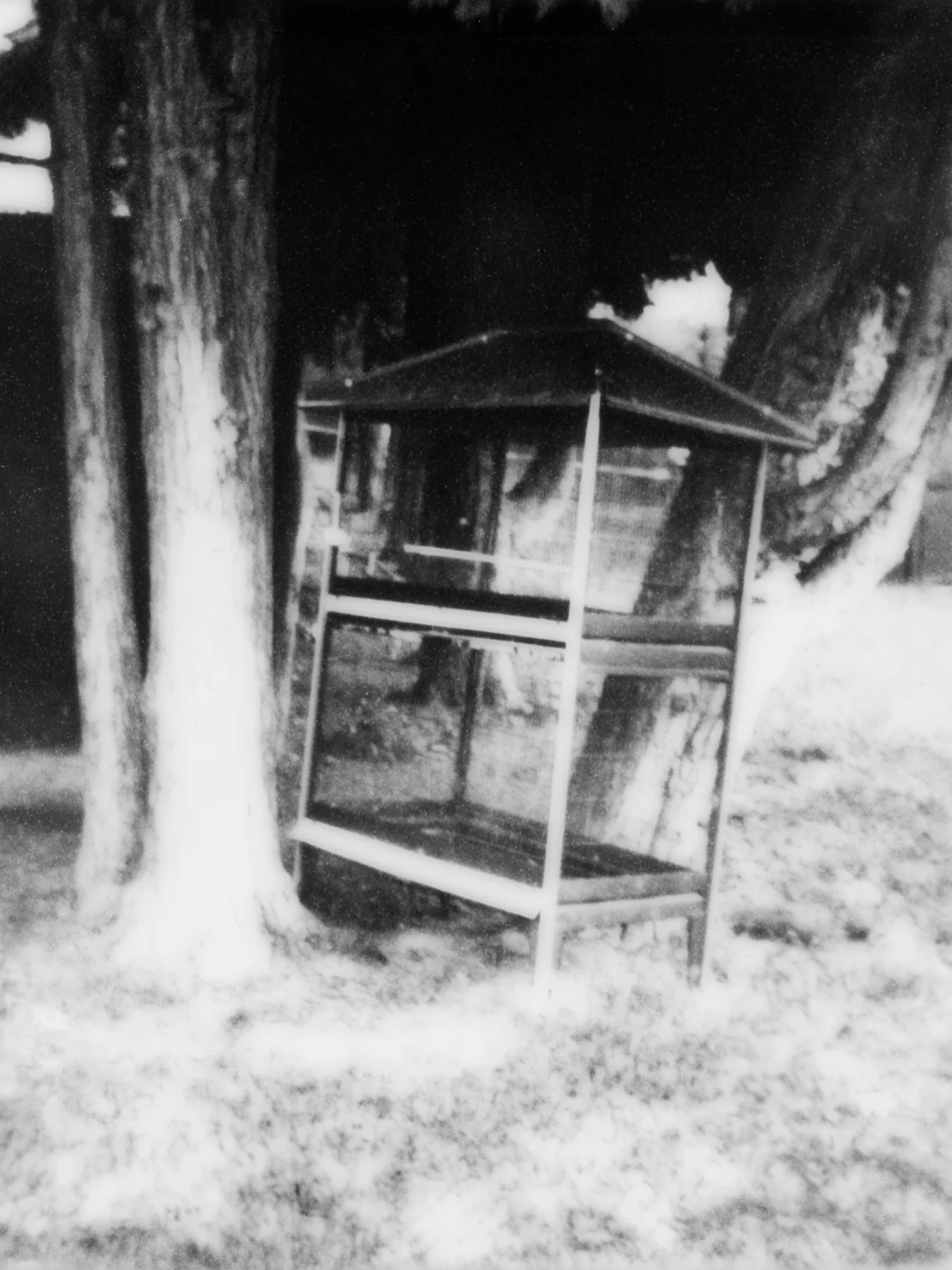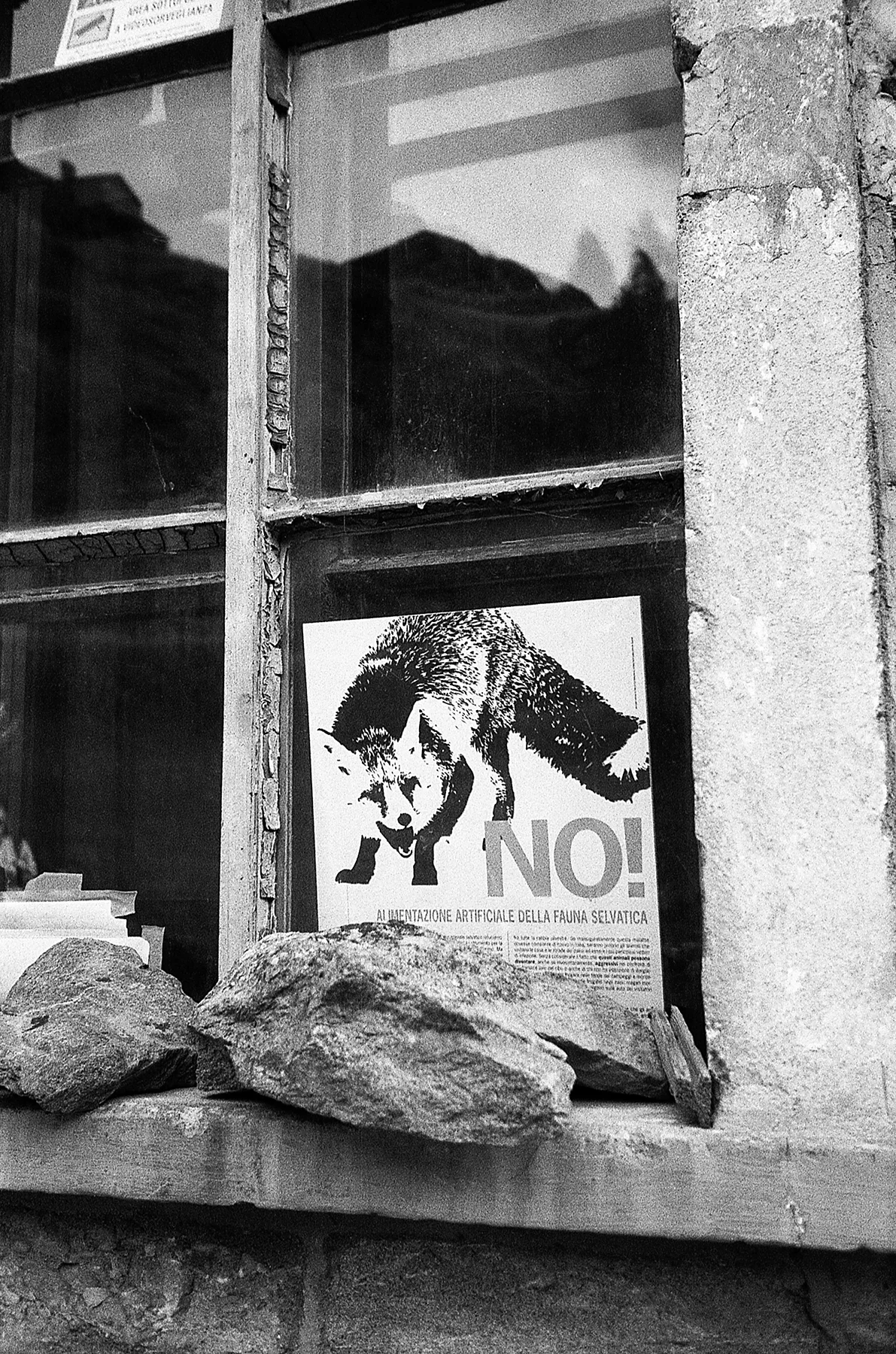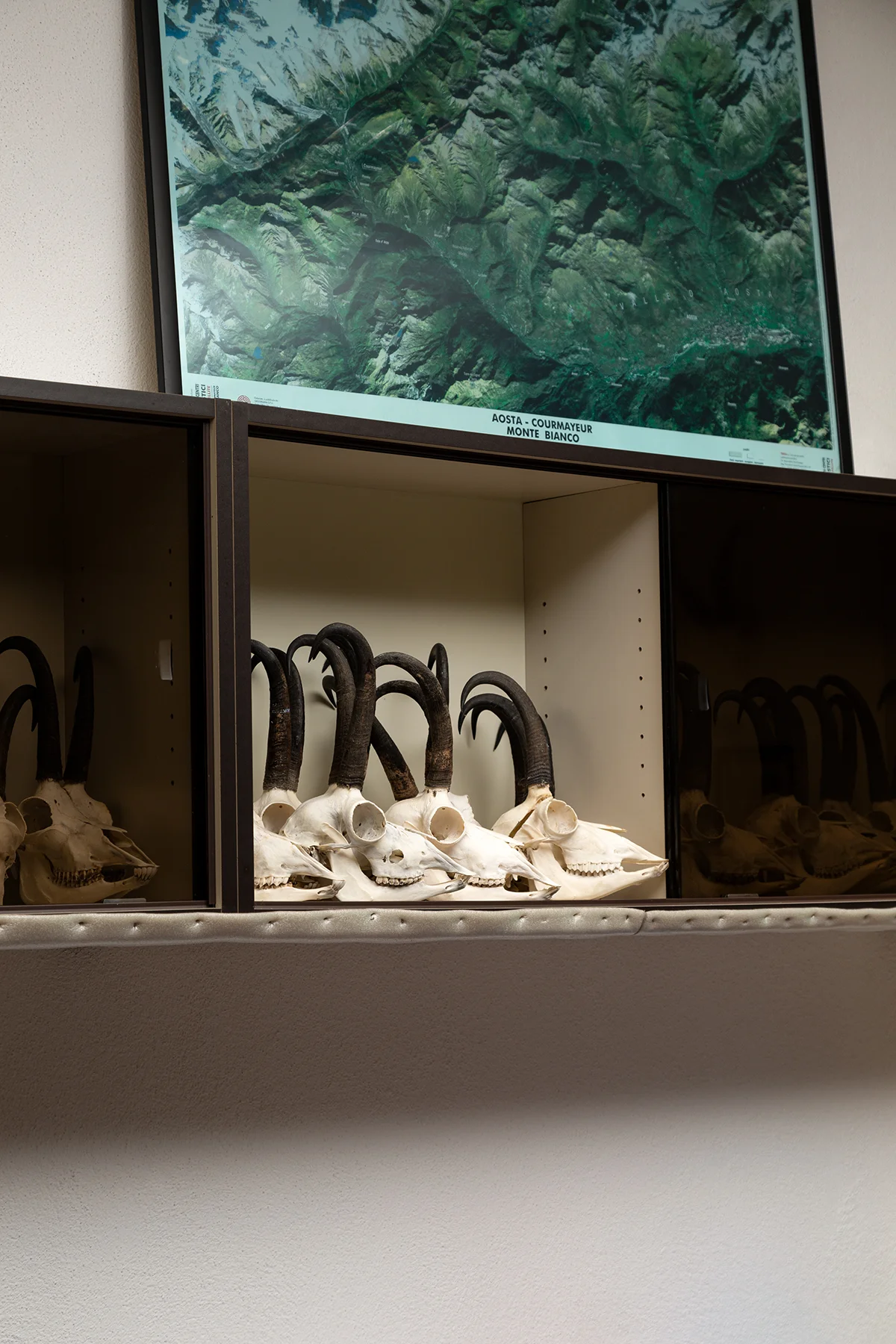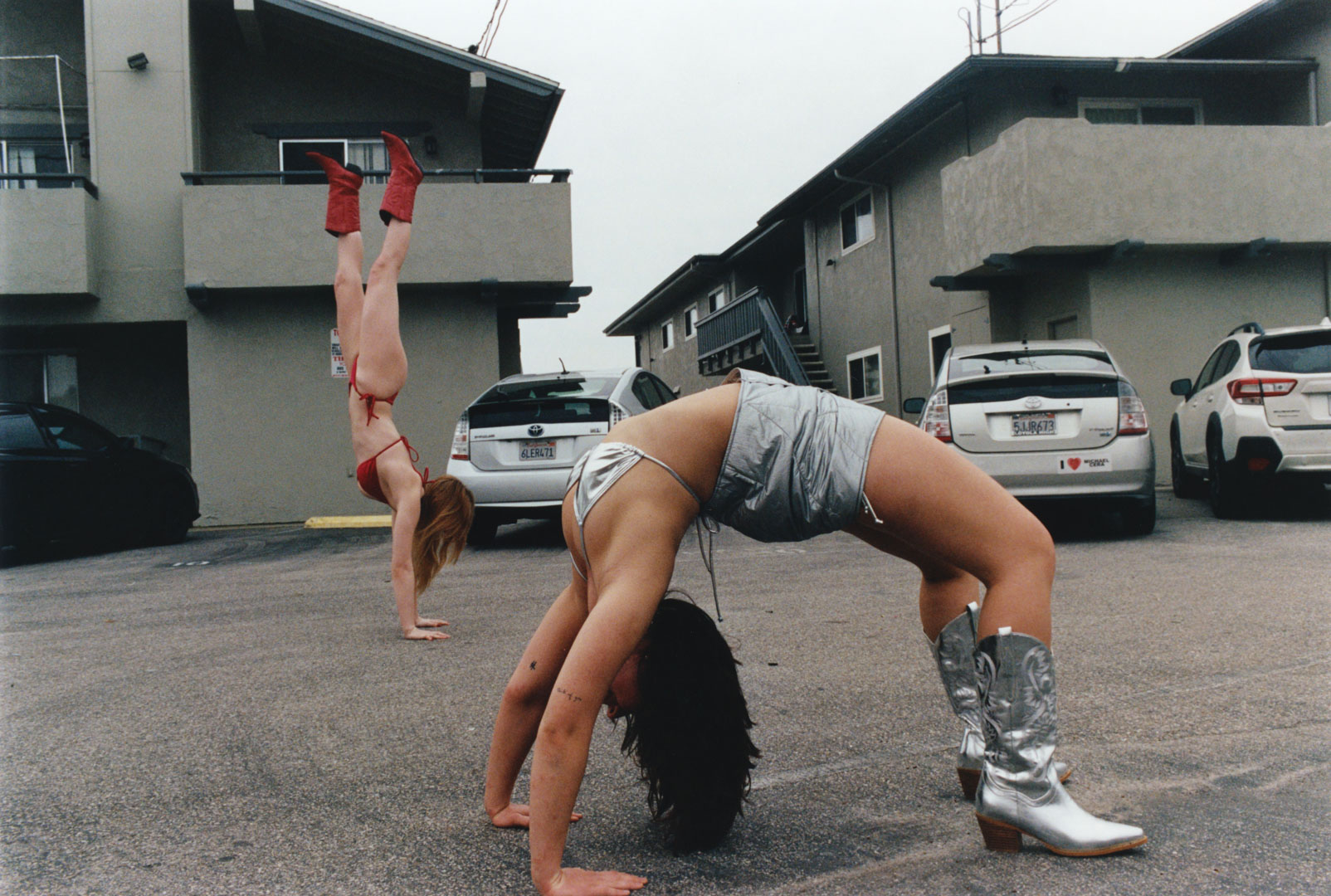Y È PI DE TEN QUE DE VIA
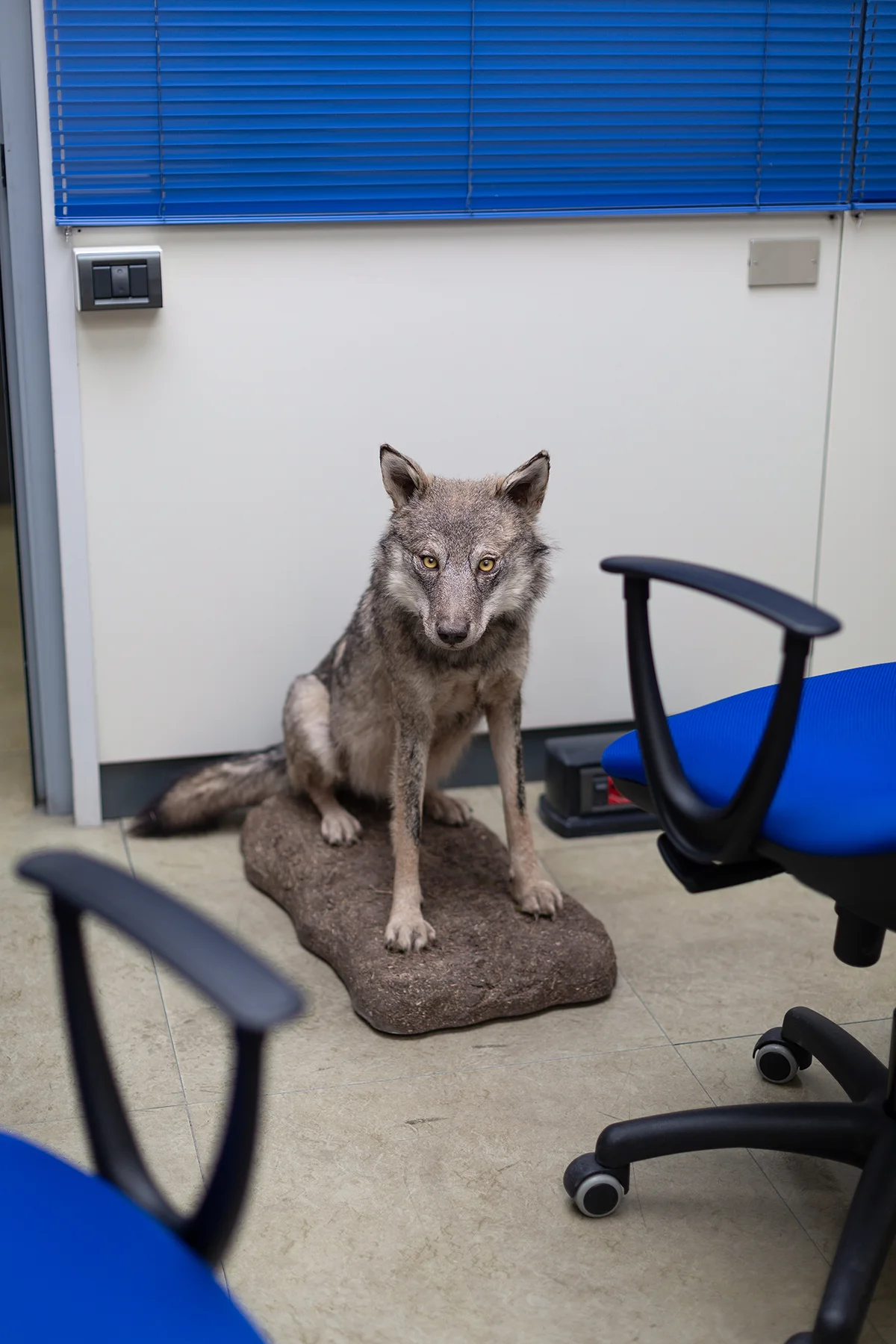
Greta Valente
Following our fascination for lesser-known places, we share Greta Valente’s exploration of her native land, Valle d’Aosta, an Alpine region in north-west Italy.
Y è pi de ten que de via (There’s more time than life, in Patois dialect) is a research on the inextricable bond between man and nature in such a wild environment. Her somehow uncanny documentation brings us in a suspended time — a pure present — where for centuries man measured himself in relation to the unmeasurable, the age of mountains.
Greta takes us at the blurred border between civilization and wilderness, right in the center of Europe, where in her own words “in every street, in every house and office there is a reference to the most difficult mountain to reach, to the wolf which is often feared but also cared for, to the animals which are photographed daily but never approached to avoid contaminating their condition of freedom.”
She observed the work and offices of the Department of Flora and Fauna of Valle d’Aosta: “they allowed me to enter the offices where they work surrounded by animals that they found in the Valley (who died of natural causes) and then carefully stuffed. It seemed to me an interesting detail to try to highlight the concept of living with symbols that evoke nature, even when there is no life anymore.”
The work of care for the animal realm is documented following the work of a veterinarian of the CRAS (wildlife rescue center) that shared with Greta “how they try to educate and take care for animals without influencing their behavior and ensuring their reintegration into nature.”
There’s more time than life shares a story of delicate coexistence and of mutual understanding that might feel distant to our urbanized eye, and this is why we are drawn to it.
